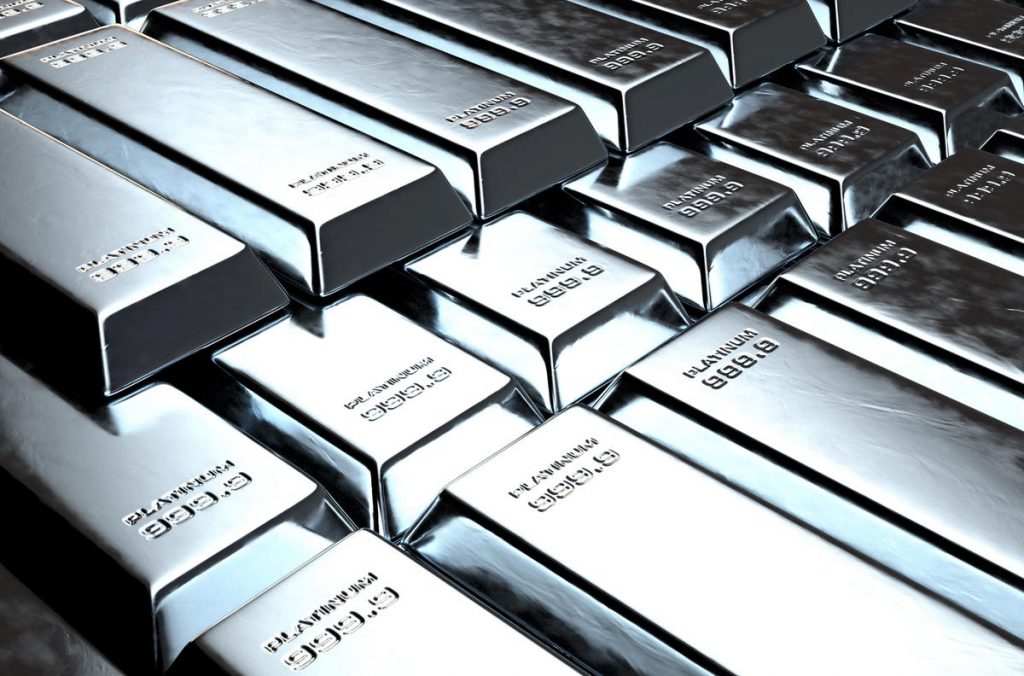
You cannot be blamed if you think of precious metals and only remember silver and gold. These two metals have long histories with human civilization. Their significance and value are practically burned into the racial consciousness of humanity by now.
There are, however, other members of the precious metals family. They are all a part of a separate group of precious metals known as the Platinum Group. The metals in this group are very valuable but they have shorter histories of familiarity with humans because they were only discovered in the last few centuries.
What Is the Platinum Group?
Platinum itself was discovered by Europeans in the 16th century but no one did any sort of investigation into it until the 18th century. The term platinum is derived from the Spanish word meaning little silver. This phrasing was used because platinum does have a luster similar to silver.
However, the Spaniards of a few centuries ago just considered it an impurity in silver which they tried to draw out. While all precious metals are rare, platinum is extremely rare.
Subsequent centuries brought the discovery of other, even rarer, precious metals to be added to this group. The group was named after platinum itself because these additional members all bear some similarities to platinum and its properties.
Platinum shares some qualities with silver and gold. It is dense and malleable. Like silver, it is ductile and can be fashioned into wire shapes that retain a high degree of integrity. Platinum also lacks reactivity, making it very valuable in various applications.
Other members of the platinum group are palladium, ruthenium, iridium, osmium, and rhodium. All of them are extremely resistant to wear and even chemical attacks. This is part of what makes platinum so valuable as a material from which to manufacture catalytic converters for automobiles.
The other five members of the platinum group are often found in platinum deposits themselves, though in smaller quantities. Interestingly, ruthenium, rhodium, and palladium are found after fission reactions in nuclear reactors. Thus, the nuclear power industry is turning into an alternate source for these metals.
Investing in the Platinum Group
Platinum has usually had a higher per-ounce value than even gold throughout history. The present conditions are unique and have pushed the gold price narrowly ahead of platinum.
This exceptional value for platinum surprises many first-time investors, who often assume that gold sits atop a pinnacle of value not approached by any other. All of the members of the platinum group have high values, especially when compared to silver.
At present, platinum is worth a little more than $1,600 per ounce, trailing just behind gold. Platinum has been closing the recently-formed gap between itself and the price of gold for some time now.
Investing in platinum is not difficult. Many of the same avenues for investment that are available for silver and gold also exist for platinum. For example, many countries that produce silver and gold coins as legal tender and as investment targets also mint platinum coins in higher denominations. You can also buy bars of platinum from many of the same vendors that make bars of other precious metals.
An easy source of platinum coins is the United States Mint. The American Platinum Eagle is a coin offered yearly in sizes ranging from one-tenth of an ounce to a full troy ounce. The one-ounce coin is given a face value of $100. This should be disregarded by investors because the coin sells for higher prices that are well above spot value.
